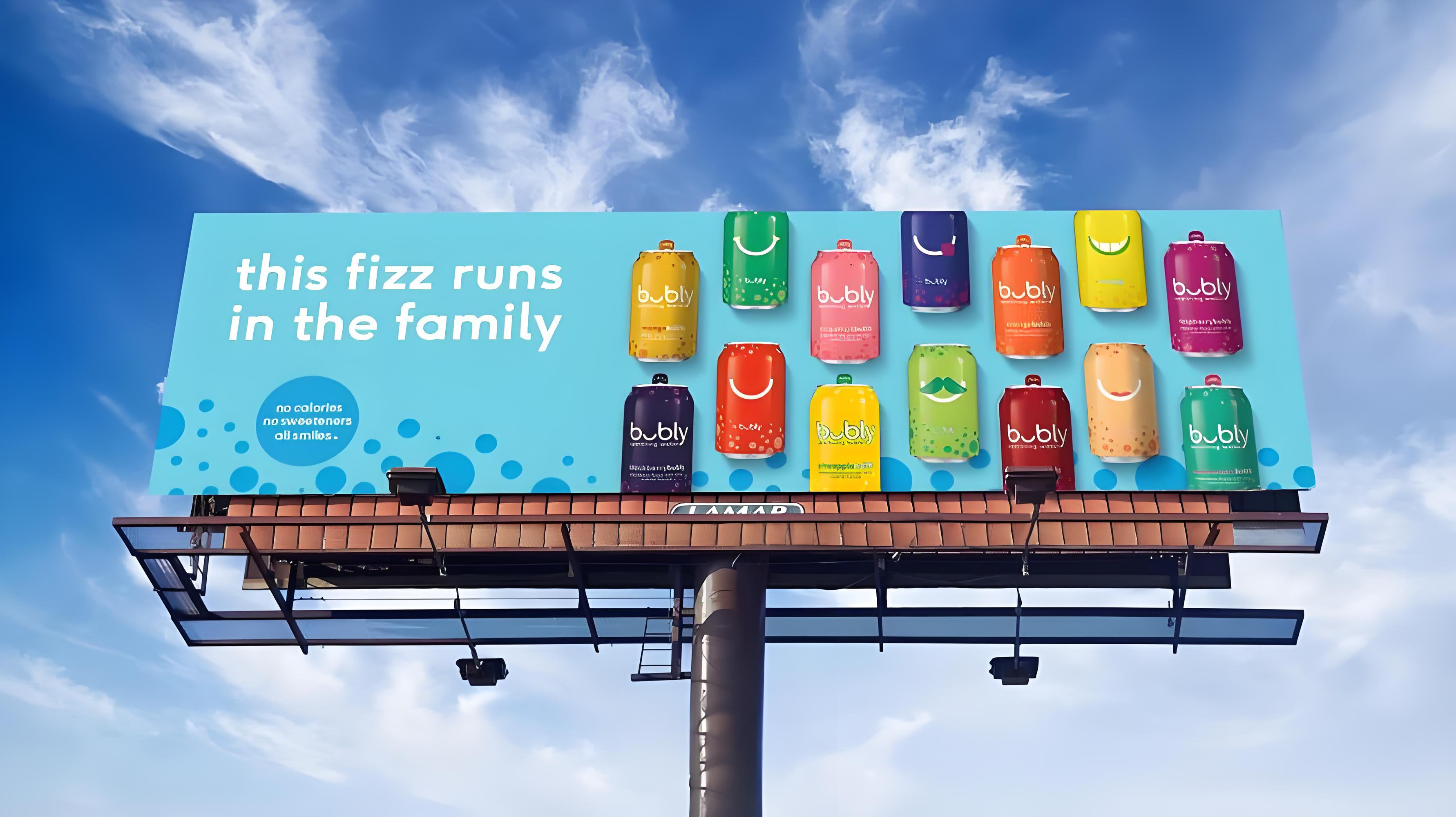Hits: 366 img

In advertising and display, silicone rubber
serves as a "creative material" for brand storytelling, leveraging
its softness, malleability, and durability. From flexible screens to ,it reshapes visual experiences through "flexibility."
Flexible Displays' "Dynamic Advertising"
LED Screen Encapsulation: Silicone films protect LEDs from moisture, extending lifespan to 100,000 hours.
Curved Displays: Silicone substrates enable for immersive visuals.
Wearable Ads: Silicone watchbands with embedded LEDs scroll brand slogans.
Case Study: Tokyo’s Ginza used silicone
flexible screens for a 360° circular ad, boosting foot traffic by 40%.
Stereoscopic Displays' "Versatile Shapes"
Silicone Sculptures: 3D-printed brand IPs are UV-resistant and detailed.
Window Displays: Soft, malleable silicone mannequins showcase natural clothing drape.
Inflatable Pillars: Lightweight silicone allows quick setup of .
Innovative Direction: A car brand uses
silicone-based photochromic materials for color-changing body ads.
Interactive Experiences' "Smart Interfaces"
Touchscreen Kiosks: Waterproof/dustproof silicone gaskets enable multi-touch with <5ms response.
Scent Diffusers: Silicone tubes deliver targeted fragrances to enhance ad appeal.
Pressure-Sensitive Floors: Silicone pads trigger ad content based on audience .
Technical Breakthrough: US-developed
silicone holographic films project in mid-air.
Eco-Friendly Displays' "Sustainable Solutions"
Degradable Booths: Silicone-bamboo composites are recyclable after exhibitions.
Solar Ads: Silicone-protected circuits charge during the day for low-carbon .
Artificial Greenery: Lifelike, durable
silicone plants reduce maintenance cost
Conclusion
Silicone rubber has become advertising and
display’s "flexible canvas" through its "creative, technological,
and eco-friendly" attributes. As the metaverse gains traction, it may
build immersive, blended brand experiences.
Food Kitchen Grade Liquid Silicone Rubber